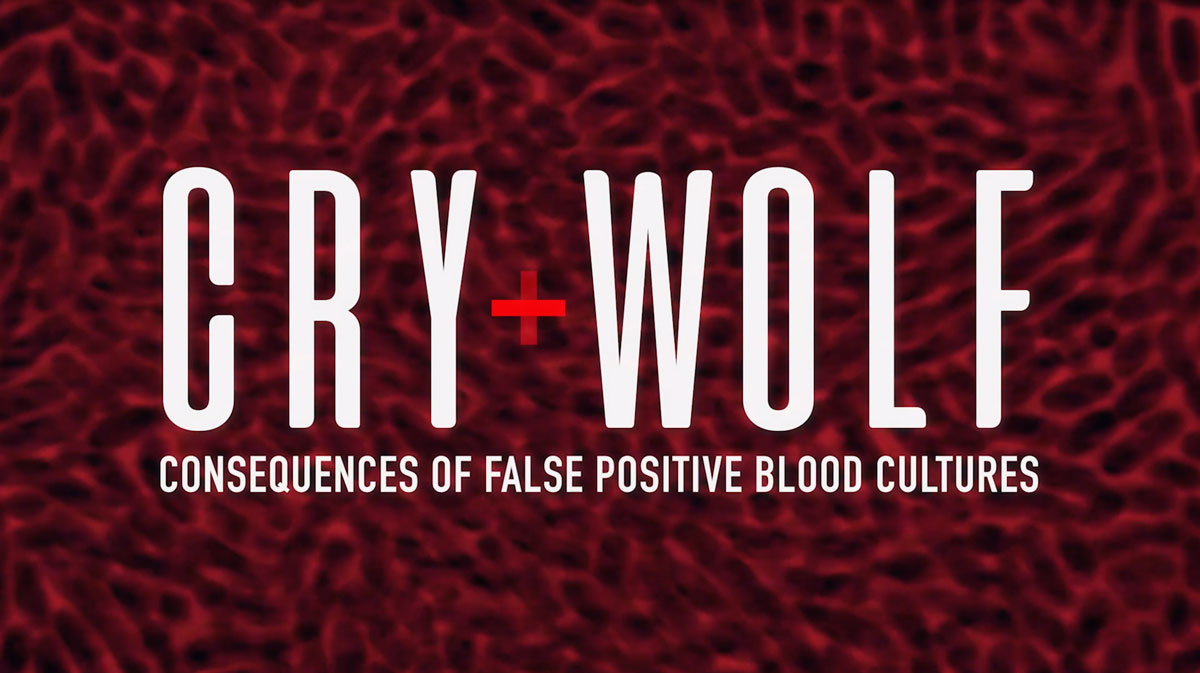Kurin Videos
The Kurin Lock® Family of Products
Kurin Jet™
The newest member of the Kurin Lock family, Jet is a quantum leap forward toward eliminating preventable blood culture contamination* faster and easier than ever before.
The Kurin Jet blood culture collection set provides instant blood delivery and improved performance for even the most difficult-to-access patients. Upon gaining venous access with a butterfly needle or peripheral IV insertion, the Kurin Jet is ready to provide an optimal blood sample for culture.
Once attached to a vacuum source, such as a blood culture bottle or syringe, the initial 0.15mL of blood that often contains skin contaminants is immediately sidelined into the waste channel. Once the waste channel is filled, fresh blood is allowed to enter the sample channel for instantly improved specimen collection. No additional steps are required!
It’s fast. It’s here. Kurin Jet.
Designed for better patient outcomes.
Kurin Lock®
Each Kurin blood culture collection set features a Kurin Lock, a small but powerful low-volume device that sidelines the initial flash of blood during the routine process of drawing a blood culture.
Here is an inside look at the Kurin Lock in slow motion.
With venous access, the initial flash of blood—and contaminants within—fills a U-shaped side channel until it reaches a white porous plug.
Kurin requires only about 0.15mL of precious blood, making the device ideal for peds and patients at risk for hypovolemic anemia. Although 0.15ml is a small amount, it is enough to wash out a 21 gauge needle 35 times.
Once the side channel is full, blood will flow a variable distance into the adjoining sampling channel before stopping. This indicates that the set is ready for specimen collection.
When a vacuum is applied, blood then passes from the vein into the collection device through the sampling channel.
Studies show that best practice compliance combined with Flash Technology to sideline the initial flash of blood can reduce contaminated cultures by more than 80%, improving the clinical value of blood culture testing for safer, more effective, and lower cost treatment of patients.
Best Practice in Blood Culture Collection
This essential resource for nurses and phlebotomists explains the importance of blood culture testing and its current shortcomings associated with culture contamination.
The video walks the viewer through the established best practice for blood culture collection and identifies the common points of contamination.
Lastly, the viewer is introduced to flash technology, sometimes referred to as initial specimen diversion, which sidelines the first flash of blood and skin contaminants therein.
Cry Wolf: Consequences of False Positive Blood Cultures
Cry Wolf explains the consequences of blood culture contamination.
Just like the boy who cried wolf, high numbers of false positive results cause physicians to question the test and/or to treat an infection that isn’t real, compromising a fast and appropriate response.
Expert clinicians highlight the high cost of false positive blood cultures for both patients and hospitals.
“If emergency nurses really understood all the consequences, compliance would not be an issue.”
*The Kurin Blood Collection System is for use as a blood collection system and its Kurin Lock allows the specimen of blood from the patient to be sidelined prior to the collection of the test sample to reduce the frequency of blood culture contamination when contaminates are present in the initial blood sample compared to blood cultures drawn using standard practice without the Kurin Lock.
ML-059 Rev F


